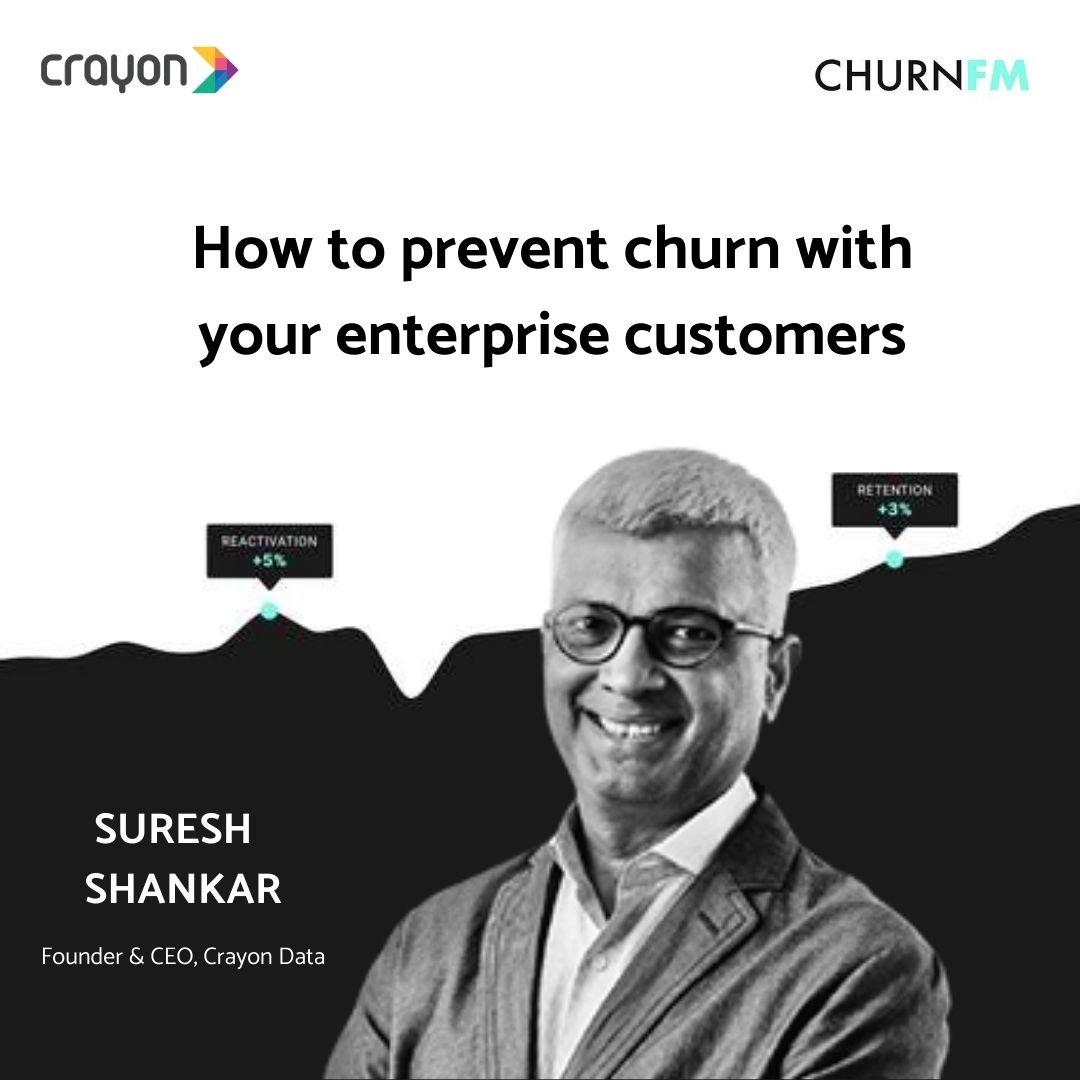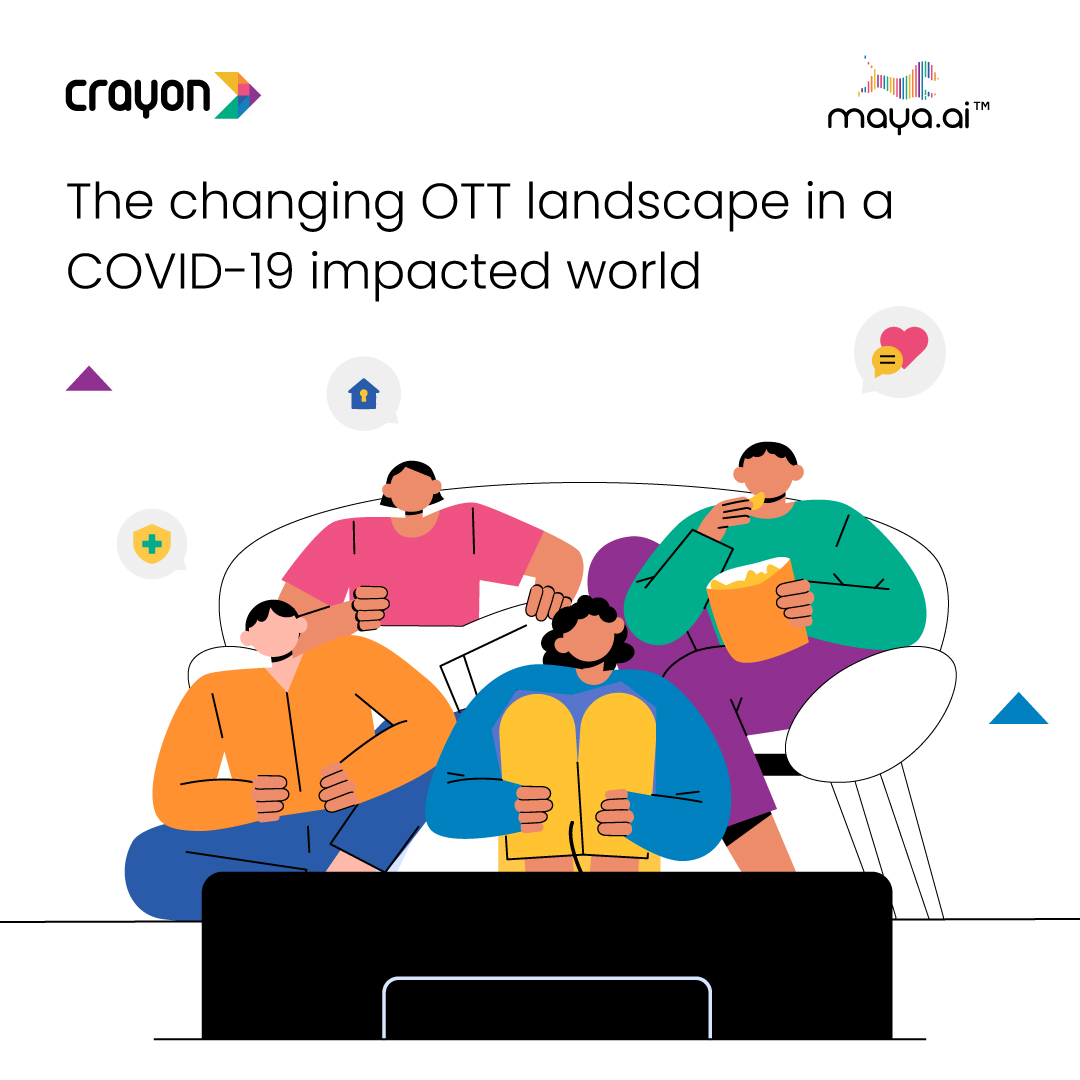Personalization on an eCommerce website is not unusual in today’s consumer-driven world. Customers want brands to know them; to offer products that fit in with their own needs and preferences. They want to have the same kind of experience as shopping at a store they’ve been going to for years.
According to Gartner, 64% of all customers around the world would say that they find the “experience is more important than price.” In fact, by the year 2020, customer experience will overtake price completely, as the key brand differentiator.
Offline shopping experiences, online
Picture this: you walk into your local grocery store. You’ve known the shopkeeper for years. He knows what particular brand of coffee you like. So, when the new stock comes in, he makes sure to let you know. And even keeps some aside so that you can pick it up later.
It’s little personal touches like these that makes shopping experiences for customers so much better.
Of course, this kind of customer experience in brick and mortar stores is difficult to replicate in online stores. Online, the only thing the visitor interacts with is the webpage. The good news is that interaction data alone is enough to recommend the relevant products to visitors on your eCommerce product page.
A study shows that about 43% of eCommerce traffic comes from organic Google searches. But most of those visitors leave without really buying anything.
Why? The difficulty lies in retaining these customers and getting them to zero-in on products. And actually, buy them.
Which is why, for online retailers, one of the most important pages on their website is the category page. Visitors to the website will spend most of their time on this page, browsing through the products displayed. So, it only makes sense to show visitors products you know they are going to buy. The product page on your website has ample opportunity to personalize according to your customers taste.
This blog was originally published on Big Data Made Simple. You can read the original article here.



















